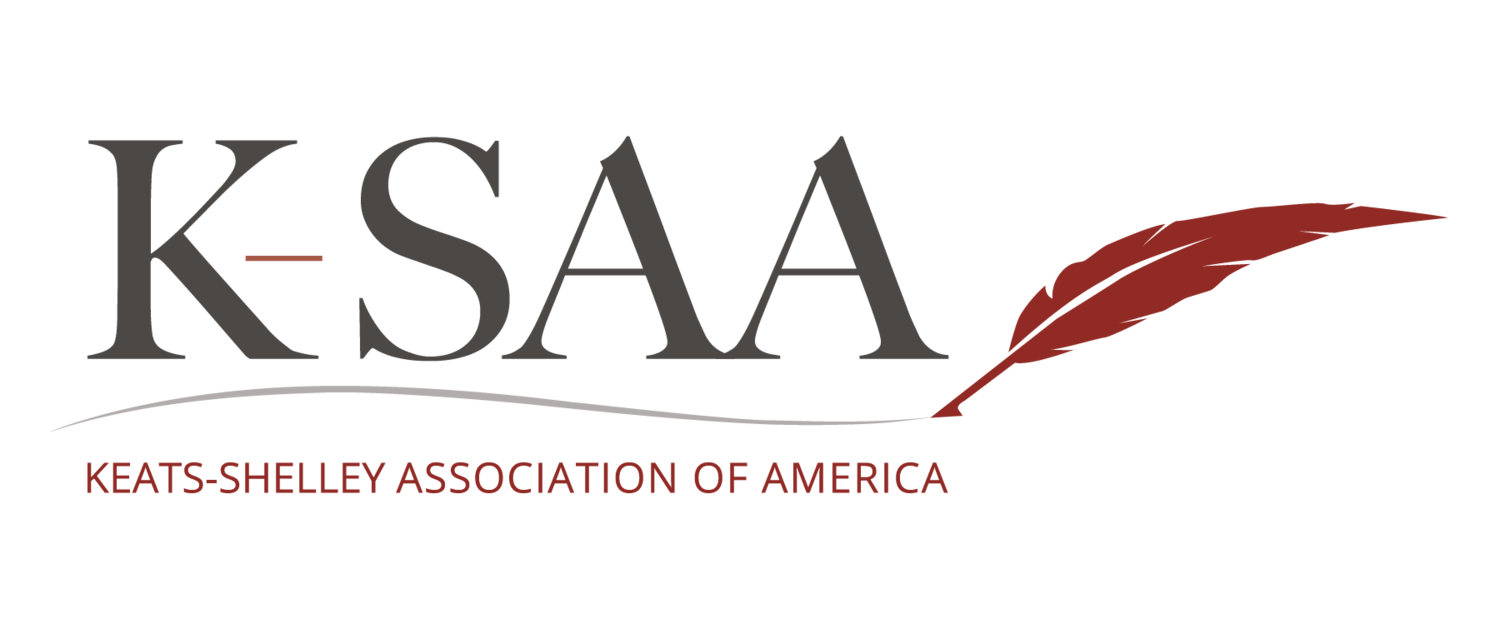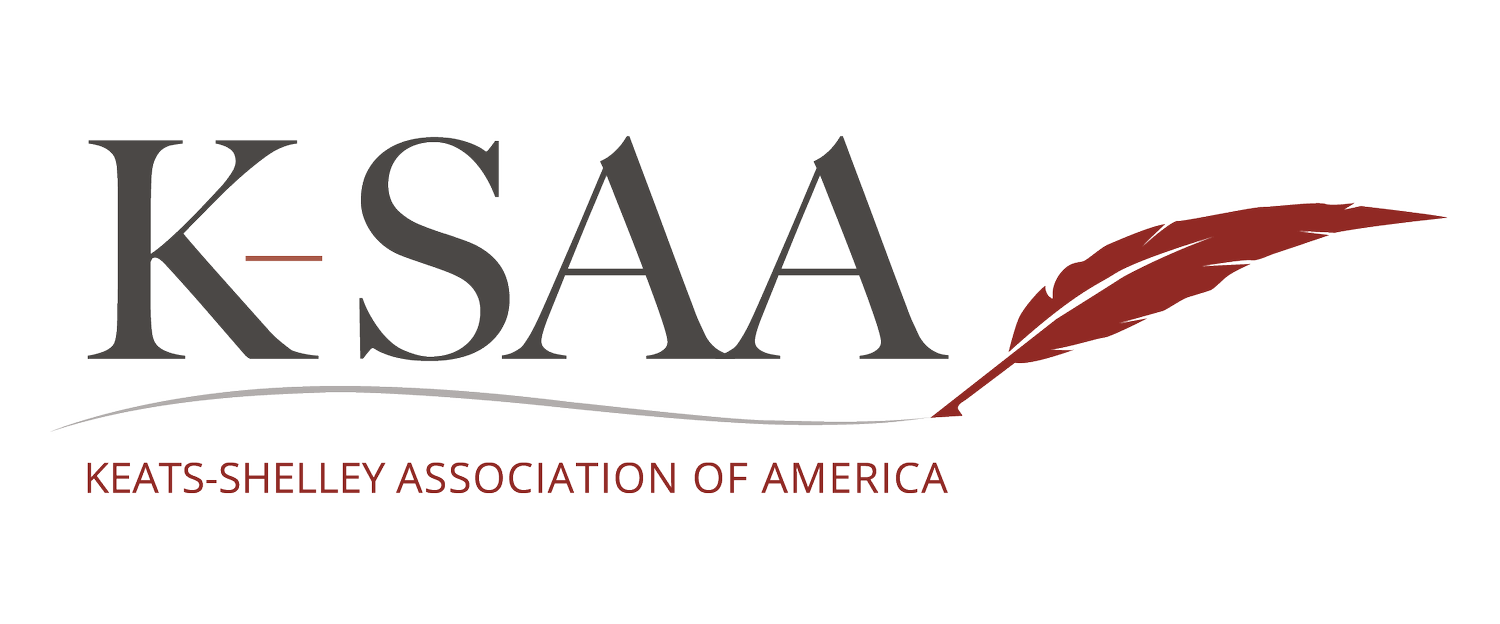John James Audubon at Two Hundred and Forty
Alina Romo, Allan Hancock College
No discussion of birds within the nineteenth century is complete without addressing Birds of America, the seminal work of John James Audubon. The first edition was published by subscription in four volumes between 1827 and 1838 as a collaboration between publishers in Edinburgh and London. Featuring 435 individual plates, the book included 1,065 hand-colored drawings of 497 life-sized bird species. Subscribers would receive five prints monthly, eventually completing the full set. Due to its high cost, it is estimated there were only 200 complete copies ever produced. A smaller, more affordable work, Ornithological Biography: Or an Account of the Habits of the Birds of the United States of America reached a broader audience in the 1830s and 1840s. Regardless of its limited run, Birds of America and Audubon have had an outsized impact on birds within the American imagination for over a century.
Often excused as a “man of his time,” Audubon’s approach to naturalism embodied and championed Enlightenment empiricism: to discover, catalogue, describe, and understand the natural world. As was commonplace, this understanding was predicated on what Wordsworth would critique as the “meddling intellect” of Science within his 1798 poem “The Tables Turned.” In the quest for all-encompassing comprehension, Wordsworth asserts, “we murder to dissect.” And indeed, this was the case for Audubon. Although he espoused a life-long and deeply felt love for birds, in the pursuit of his project Audubon would trap, kill, and then string on wire the specimens he drew, the wire allowing him to pose his subject in the attitude he thought would best highlight its “beauteous form.” It was this “natural” approach to staging the birds he drew that set Audubon apart from other naturalist-artists of his time. In this disjoint between appearances and reality lies an apt metaphor for Audubon and his life project: A man of contradictions, the cognitive dissonance at the heart of Audubon’s Enlightenment empiricism extended to his views on race, regardless of, or perhaps because of, his own identity.
John James Audubon (born Jean Rabin) was the illegitimate son of Jean Audubon, a French sea captain and slave trader, and Jeanne Rabin, a serving maid, who died within a year of Audubon’s birth. Born on his father’s sugar plantation in the French colony of Saint-Domingue (now Haiti) in 1785, Audubon’s childhood was circumscribed by the unrest that would erupt in 1791, the year the Haitian Revolution began. Along with his mixed-race, half-sister Rose, Audubon was sent to Nantes, France at the age of six where he was raised by his father’s wife, Anne Moynet, the person credited with sparking his life-long fascination with birds. Anne Moynet is a core part of Audubon’s self-constructed mythology: Saint Domingue and Rose, however, were erased. In Audubon’s view, there may have been good reason to erase what was inconvenient. What little there is known about his mother Jeanne is complicated by Catherine Bouffard, the mixed-race woman who kept house for the family in Saint Domingue and with whom Audubon’s father had several children, including Rose. As Christoph Irmscher considers in “Audubon’s Haiti,” “It is likely that Audubon would have worried at least occasionally that, no matter what he had been told about his mother, he was gens de couleur, too.” Described as a Creole, Jeanne could have been a white, island-born woman of European descent or she could have been a mixed-race woman like Catherine. The historical ambiguity of the term Creole and the subsequent alteration of its meaning over time serves to complicate matters further. Today, Audubon’s portrait hangs in the New Orleans African American Museum of Art, Culture, and History, a testament and a reminder of what language can preserve and erase. J. Drew Lanham, a conservation ornithologist and endowed faculty at Clemson University, considers the implications of Audubon’s identity in his article, “What Do We Do about John James Audubon?” which interrogates Audubon’s legacy as a racist:
My name is J. Drew Lanham and I’m a Black American ornithologist. A Black birdwatcher. I confess here and declare now multiple identities—race and ethnicity, profession and passion. My love of birds lies at the intersection of these and renders me, and the minuscule percentage of others who would declare themselves the same, a rarity. Like the seldom-seen skulking sparrows so many of us seek, we are few and far between among an overwhelmingly white flock. […]
Like many birders [Audubon’s heritage] was some sort of tangent I hadn’t paid much attention to. [We] may never know who John James Audubon’s mother was. But my wife saw his portrait hanging on the wall because there was a belief in his Blackness strong enough to ignore the biographers who say there was no doubt about Audubon’s whiteness. Blackness in America is a function of perception by some, belief by others. Proof sometimes lies in what cannot be proven. The difference between white burden of proof and Black knowing is emblematic of our national cognitive dissonance on race.
The contemporary cognitive dissonance Lanham describes pervaded Audubon’s own nineteenth-century racism. Audubon relied on both Black and Indigenous knowledge to identify, locate, and track down the birds he painstakingly drew. He also incorporated what he was taught about birds by Black and Indigenous people into his writing. However, Audubon bought, held, and sold enslaved humans, at the same time. Gregory Noblesexplains in “The Myth of John James Audubon,” that Audubon and his wife, Lucy, enslaved nine people when they lived in Kentucky but when faced with financial difficulties, they sold them. The Audubons would enslave more people over the next decade and in 1830, would sell them to move to England to oversee the production of Birds of America. Just as he never acknowledged his sources, Audubon also never acknowledged the relationship between his financial and artistic successes and the people from whom he profited. What is more, after the British Emancipation Act was passed, Audubon wrote in an 1834 letter to his wife that the British had “acted imprudently and too precipitously” by liberating enslaved people in the West Indies. He opposed abolition in all its forms and wrote with disdain about the racial mixing he witnessed in New Orleans. Moreover, Audubon made his view on the separation of races clear: writing from Florida in 1831, “Audubon noted that he set out in a boat with six enslaved Black men—'hands,’ as he called them—and ‘three white men,’ his emphasis clearly underscoring the racial divide in the boat and his place on the white side of it.” In another instance, once at his destination, Audubon sold his boat and enslaved men, commodities to be exchanged as his financial needs dictated.
In the same year, Audubon published in his companion work, Ornithological Biography a chapter called “The Runaway,” which tells the story (whether real or imagined is uncertain) of his encounter with an escaped enslaved family in the swamps of Louisiana. In this narrative, Audubon’s perspectives concerning race and chattel slavery are more fully fleshed out. Racist and paternalistic, Audubon convinces the family, who had been separated due to being sold to different plantations, to return to where they had been originally enslaved. Audubon then acts as an intermediary, negotiating with the plantation owner to ensure the family’s ability to remain unified, albeit enslaved, together. The conclusion of the narrative describes them as “happy as slaves generally are in that country.” In a perfect melding of related dissonances, as he leads the free Black people back into enslavement, Audubon describes “his Ibises” hung around the enslaved family’s camp and notches he made in trees as a “memento of my having been there.”
It is telling that John James Audubon is best remembered as an American. The 2004 biography of Audubon written by Pulitzer Prize-winning author Richard Rhodes underscores his “Americanness” with its title: John James Audubon: The Making of an American. A 2017 publication by Gregory Nobles, John James Audubon: The Nature of the American Woodsman reinforces this idea but demonstrates the man Audubon is remembered as embodying is largely a fiction, a persona. These titles, as well as much of what is told and retold about Audubon, writes over the more complicated nature of Audubon’s parentage, heritage, and worldview. At the same time, these titles gesture to the process of self-creation at the heart of much of Audubon’s work, and in this way, Audubon is the quintessential American: He was an immigrant to the United States of America, sent across the Atlantic by his French father to escape the Napoleonic Wars; He married an American woman and spent a significant portion of his life travelling and documenting the American wilderness; He viewed Indigenous people as useful but not his equal; He owned enslaved humans and profited from their labor and knowledge. Yet he is remembered not for his racist, paternalistic views of Black people nor for his role as an enslaver. He is instead remembered for his great artistic work, The Birds of America. His name is given to streets, zoos, buildings and societies. Although the National Audubon Society—"one of the oldest and most effective bird conservation organizations in the Western Hemisphere”—now provides a more honest reckoning with its namesake, other cultural archives, like the National Endowment for the Humanities website, only mention Audubon’s participation in the economy of chattel slavery in passing. And while in the name of racial reckoning and inclusivity the National Audubon Society debated removing Audubon’s name from their organization, as of 2025, it remains. As a result, numerous chapters across the country have separated from the larger organization. Other conservation organizations also associated with Audubon have changed their names because, as Lisa Alexander, the executive director of Nature Forward notes, “We should acknowledge that [Audubon’s] artwork was a catalyst for bird conservation in this nation. He did beautiful paintings of birds and that drew a lot of people into wanting to protect birds. But he was also an enslaver and a published white supremacist.”
Wordsworth’s “The Tables Turned” offers a substitute to the books that silence nature’s “sweet lore,” and that alternative is found in birdsong. The woodland linnet and the throstle (song thrush) both sing in such a way that the “wisdom” and “light of things’ is brought forth to the willing listener, to one who is willing to “Let Nature be your teacher.” The tradition into which Audubon placed himself, however, was a tradition delimited by categories, hierarchies, and nomenclature, a kind of knowledge that produces one set of outcomes, one way of understanding, and one way of being in the world. Audubon’s Birds of America, while beautiful and inspirational is, ultimately, a fusion of “Science and of Art,” formed by “baren leaves,” depicting birds that had to die for art to live. One wonders if Audubon had gone forth with his heart into the American wilderness determined to “watch and receive” rather than to identify and extract as sages do, whether he could have understood “more of man, / Of moral evil and of good.”
Alina Romo is Associate Professor of English at Allan Hancock College. She earned her Ph.D. in English from New York University where she was a Halsband Fellow in Eighteenth Century Studies. She also holds a master's degree in Scandinavian Literature and Languages from UCLA, specifically 18th- and 19th-century Norwegian literature. Alina works in conceptual history and her current project argues for the linguistic centrality of 18th c. translation theories within the development of the period’s aesthetic ethos, that of the “Spirit of the Age.” She holds a seat on the MLA Higher Education and the Profession Community Colleges Forum and is a frequent reviewer at Nordicum Mediterraneum, a journal of Nordic and Mediterranean studies. Read her essay for KSJ+, “Building Community through Commonplace Books: Engaging English Majors at the Community College” here.
Images Courtesy of the John James Audubon Center at Mill Grove, Montgomery County Audubon Collection, and Zebra Publishing.



